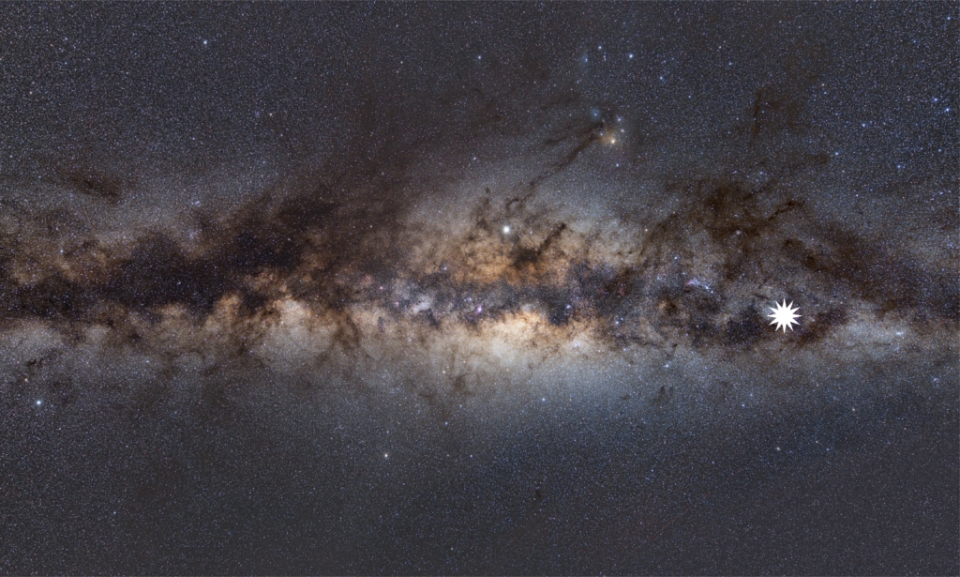
Scientists discover ‘spooky’ object in Milky Way that flashes on and off

Australian scientists mapping radio waves in the universe say they have discovered an unknown spinning object in the Milky Way that they claim is unlike anything seen before.
The object has been observed to release a huge burst of radio energy for a full minute every 18 minutes.
Objects that pulse energy in the universe are often documented, but researchers say something that turns on for a minute is highly unusual.
Astrophysicist Dr Natasha Hurley-Walker, from the Curtin University node of the International Centre for Radio Astronomy Research (ICRAR), led the team that made the discovery.
Repeating Transient Animation from ICRAR on Vimeo.
“This object was appearing and disappearing over a few hours during our observations,” she said. “That was completely unexpected. It was kind of spooky for an astronomer because there’s nothing known in the sky that does that.
“And it’s really quite close to us —about 4000 lightyears away. It’s in our galactic backyard.”
The object was discovered by Curtin University Honours student Tyrone O’Doherty using the Murchison Widefield Array (MWA) telescope in outback western Australia and a new technique he developed.
“It’s exciting that the source I identified last year has turned out to be such a peculiar object,” said O’Doherty, who is now studying for a PhD at Curtin. “The MWA’s wide field of view and extreme sensitivity are perfect for surveying the entire sky and detecting the unexpected.”
Objects that turn on and off in the Universe are not new to astronomers —they call them “transients”. But an object that turned on for a full minute was “really weird”, ICRAR-Curtin astrophysicist Dr Gemma Anderson said.
Researchers theorise that the object could be a neutron star or a white dwarf – a term used for the remnants of a collapsed star. However, much of the discovery remains a mystery.
“More detections will tell astronomers whether this was a rare one-off event or a vast new population we’d never noticed before,” Dr Hurley-Walker said. “I’m looking forward to understanding this object and then extending the search to find more.”

